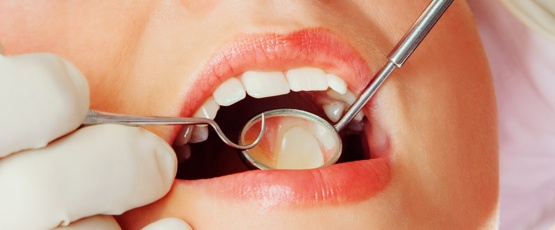- Home
-
About Us
About Us
We are a private, family run dental practice in the heart of Newton Abbot. Our professional and experienced multidisciplinary team ensure that patient care and dental excellence is at the centre of everything they do.
-
New Patients
New To Us?
Your first visit will take about an hour. This will be made up of a 40-minute consultation with your dentist, along with an introduction to the practice.
- IV Sedation
-
Implants
Dental Implants
Dental Implants are anchors that are placed in the jawbone. They are made of pure titanium, which is so well accepted by the human body that it becomes locked solidly into the bone. In time they become fixed firmly and can support crowns, bridges and dentures to replace the missing teeth.
-
Teeth Straightening
Teeth Straightening
Many people dream of having straighter teeth but they often think this is not possible without long and complicated treatment. With modern cosmetic dentistry, this is no longer the case.
- Facial Aesthetics
- Oral Health
-
Patient Information
Patient Information
Your first visit will take about an hour. This will be made up of a 40 minute consultation with your dentist, together with a meeting with Katherine King or Tiffany Redding, our Treatment Co-ordinators, who will introduce you to the practice.


01626 21 21 21
we'd love to hear from you






